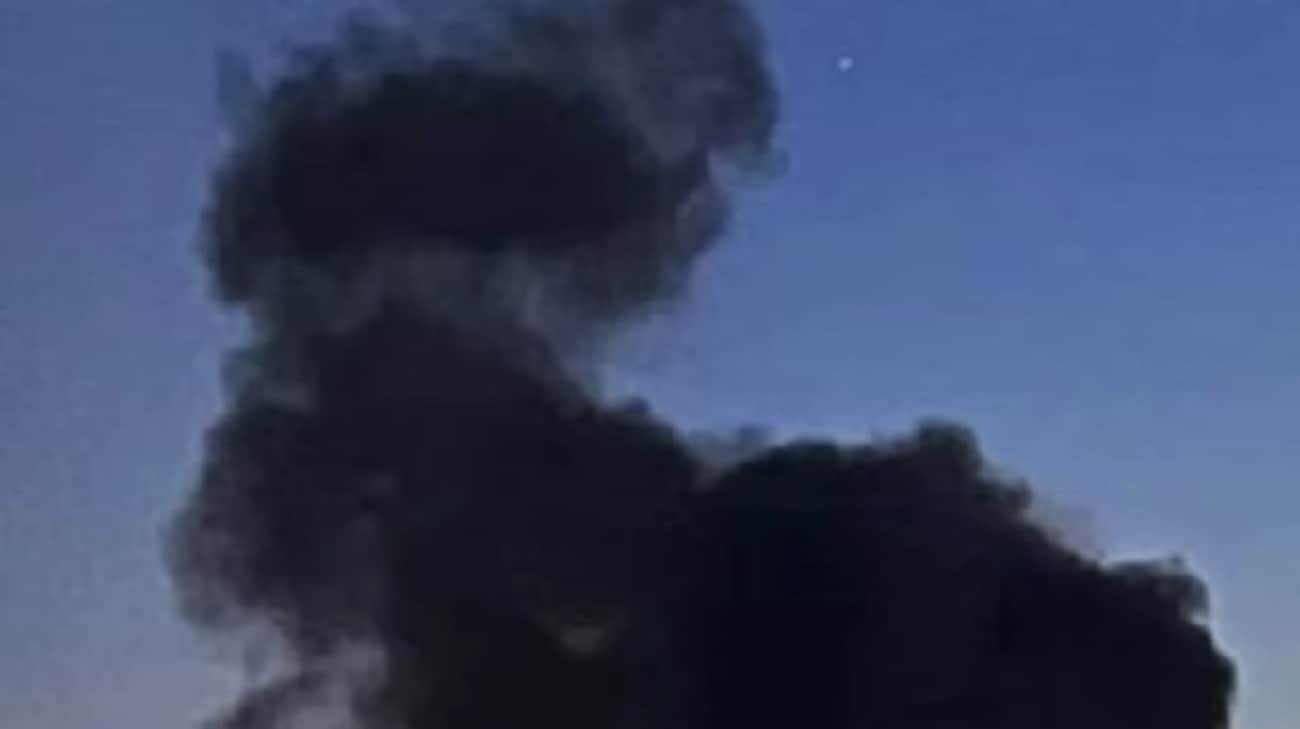Look art what the GMLRS Alternative Warhead accomplishes with essentially pre-fragmented HE. Most of the same effect as a cluster weapon with no UXO problem when you're done.
This is one of those...
Yes and No.
Deals.
The Altheads do do an Terrorifing Amazing job.
When used in their design situations. Which involves needing pretty good coordinates of the target. Cause they do have an limited effect raduis which is roughly 25 30 meters radius irc in the open. So you need to get within 20 or less meters of the target to kill it. Past that or for multiple targets in simple cover like say trenchs or holes, the effectiveness DOES drop sharply.
Thus the US Army been going hard on the Tact Recon assets as to find the targets to get their coordinates to put it IN the hole and adding terminal seekers to the weapons so they can hit moving targets.
Clusters have upside of spreading the explosive out over a wide area, bout 50 meters radius for the old M26s, that gives you uniform coverage of the Tungsten Ball bearings, same as used in the Alt warheads, for a 75 meter effect radius with a high chance of one the clusters landing side the holes to shred what ever inside. With each bomblet having a 10 meter shred raduis.
So that basically a 50 meter targeting error allowance so you can basically shotgun an area and be extremely sure of giving someone a bad day.
Like theres videos of Ukraine putting a cluster into a Russian Trench...
The word Blender cames to mind as the bomblets got spread through the trench lines and positions.
Which is why the Army debating bout going back to look at clusters.
Cause they can do what the Alt warheads cant. Since at the end of the day, the Alternative Warheads are basically Shrapnel shells with airburst fusing and Tungsten BBs. And have most of the limits of such.
Very much one of those upsides vs downsides how much flexibility vs expectations etcs deals that can be hotly debated.

